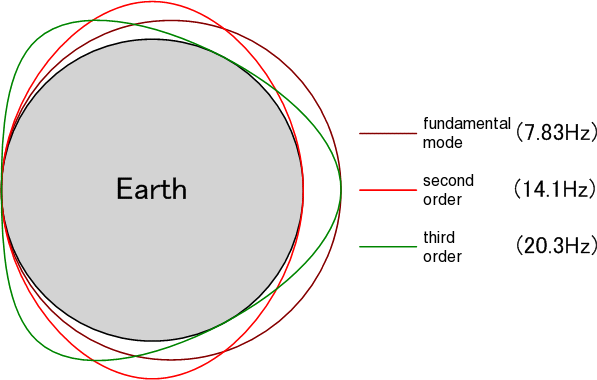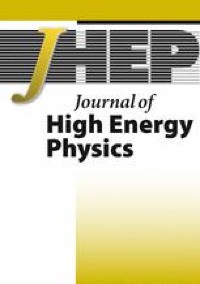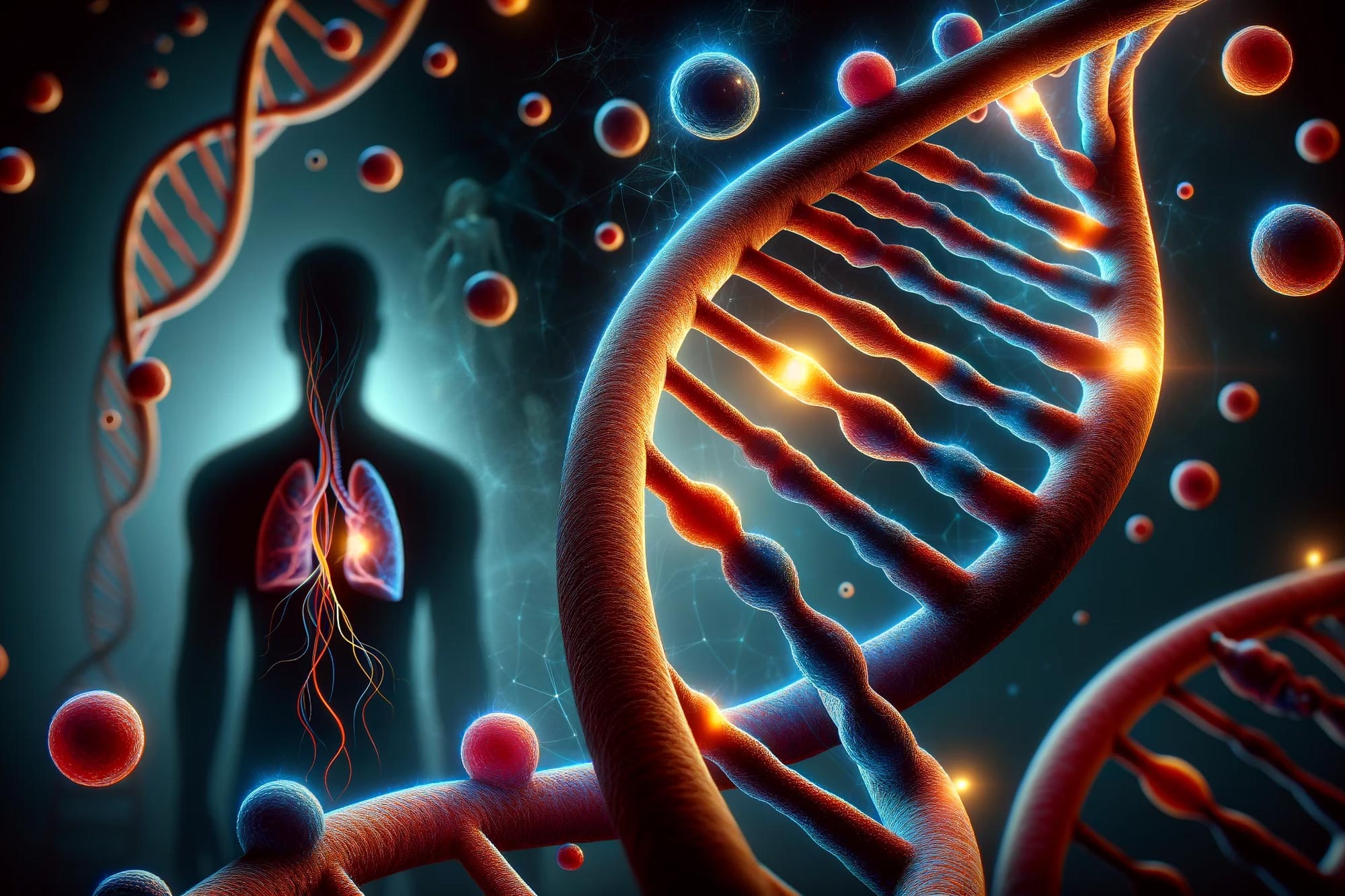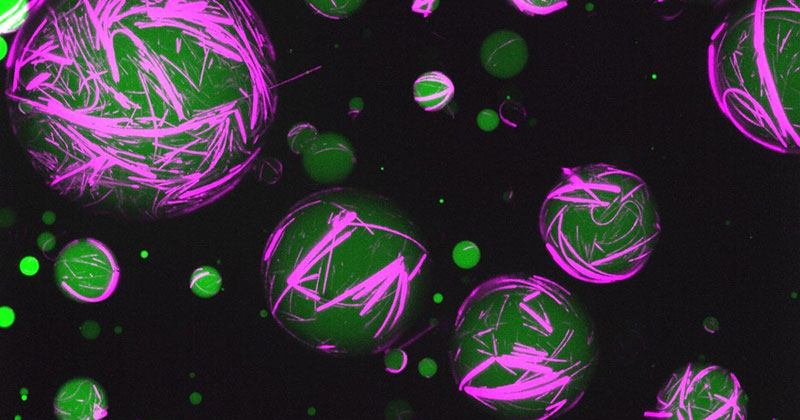
Schumann resonances - Wikipedia
The Schumann resonances (SR) are a set of spectrum peaks in the extremely low frequency (ELF) portion of the Earth's electromagnetic field spectrum. Schumann resonances are global electromagnetic resonances, generated and excited by lightning discharges in the cavity formed by the Earth's surface and the ionosphere.[1]
This global electromagnetic resonance phenomenon is named after physicist Winfried Otto Schumann who predicted it mathematically in 1952. Schumann resonances occur because the space between the surface of the Earth and the conductive ionosphere acts as a closed waveguide. The limited dimensions of the Earth cause this waveguide to act as a resonant cavity for electromagnetic waves in the ELF band. The cavity is naturally excited by electric currents in lightning. Schumann resonances are the principal background in the part of the electromagnetic spectrum[2] from 3 Hz through 60 Hz,[3] and appear as distinct peaks at extremely low frequencies (ELF) around 7.83 Hz (fundamental), 14.3, 20.8, 27.3 and 33.8 Hz.[4]
In the normal mode descriptions of Schumann resonances, the fundamental mode is a standing wave in the Earth–ionosphere cavity with a wavelength equal to the circumference of the Earth. The lowest-frequency mode has highest intensity, and the frequency of all modes can vary slightly owing to solar-induced perturbations to the ionosphere (which compress the upper wall of the closed cavity)[citation needed ] amongst other factors. The higher resonance modes are spaced at approximately 6.5 Hz intervals (as may be seen by feeding numbers into the formula), a characteristic attributed to the atmosphere's spherical geometry. The peaks exhibit a spectral width of approximately 20% on account of the damping of the respective modes in the dissipative cavity.[citation needed ]

















